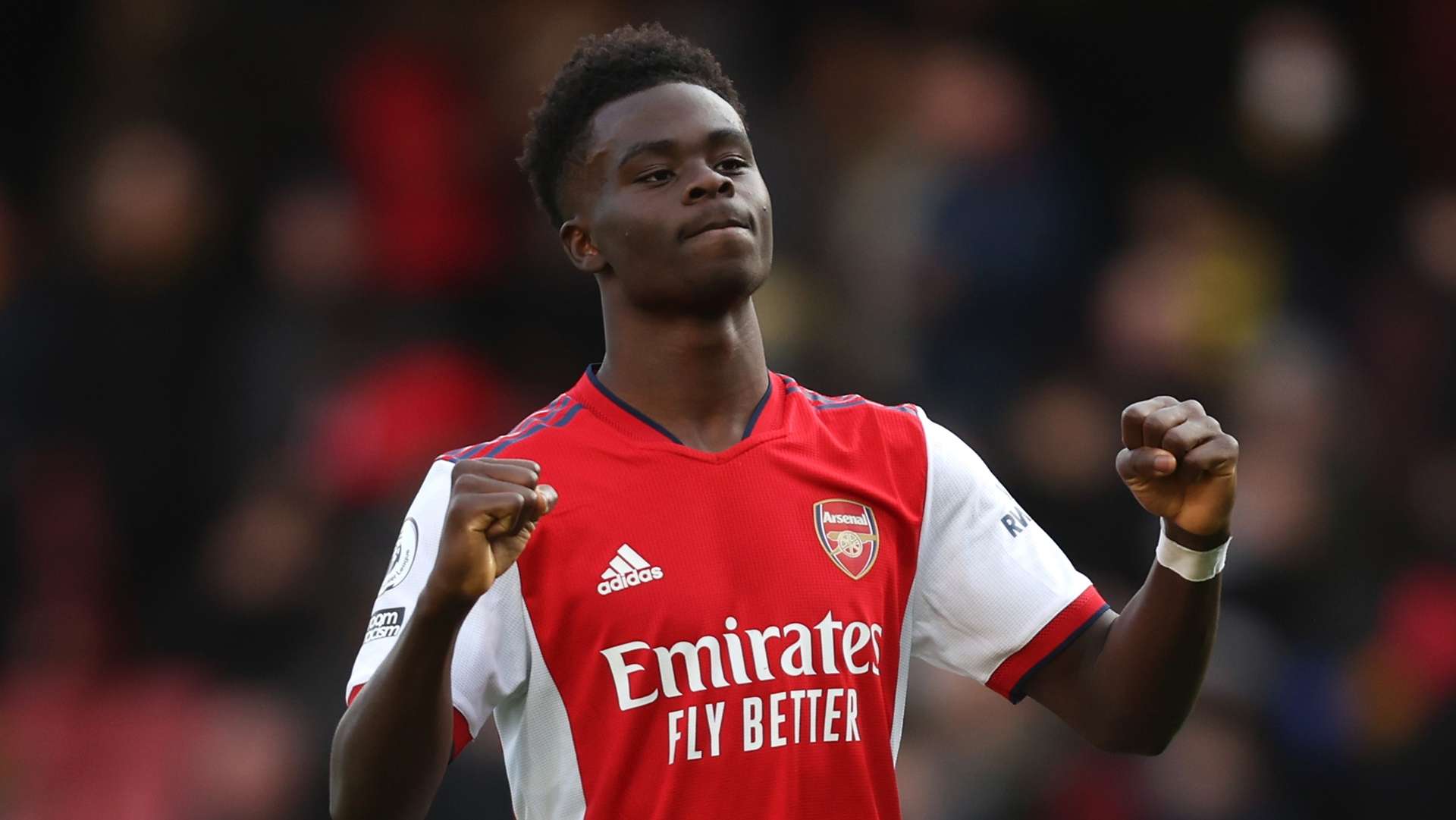At the end of August, with Arsenal on zero points and zero goals scored, the assumption was that Mikel Arteta’s project was reaching its endgame.
However, anyone looking closely enough at the underlying patterns, at the glimpses of light over the previous year, would have been able to predict what has happened since.
Arsenal have improved significantly over the last couple of months and there are clear tactical reasons for that.
There has been nothing new at play here, though. Every area of improvement is simply the result of an uptick in the application of ideas that have been present consistently since Arteta’s arrival.
After a promising start to his tenure, when a rigid tactical structure was put in place and the Gunners tentatively played their way to an FA Cup win in 2020, last season saw a lot of that early foundation collapse.
Responding to the unique challenges of the pandemic, Arteta had to pivot away from the patient, positionally-immaculate football he had learned from his mentor, Pep Guardiola.
The reins were loosened and Arsenal became a little too free-form, blown around in the wind and generally collapsing under pressure.
A chaotic campaign led many to assume Arteta’s days were limited, and yet things were slowly coming together.
Each transfer window brought calculated improvements and, by the end of the 2020-21 season, Arsenal were producing Champions League form.
So, those three defeats at the start of the current campaign were an anomaly and, six months on, it should be no surprise that Arsenal are in the driving seat for a top-four finish – one point above Manchester United with three games in hand.
The most noticeable shift recently has been the relationship between Martin Odegaard and Bukayo Saka blossoming, and they, along with Emile Smith Rowe, have created an attacking structure based on playing intelligently between the lines, taking the ball on the half-turn and progressing directly across the width of the pitch.
This is a crucial aspect of the Arteta model, in which patient build-up play is suddenly disrupted with vertical movements and whereas in previous years, Arsenal were overly reliant on Saka and Kieran Tierney penetrating from the left, there is now a good balance across the width of the pitch.
Essentially, the idea is to create false transitions by drawing the opposition onto them with meticulous build-up from the back, in order to then break quickly in behind.
The excellent passing and ball-carrying characteristics of both Gabriel and Ben White is crucial to this unusual tactical strategy.
This is all facilitated by a formation change that allows for greater risks.
Arsenal operate with two free eights – again, like a Guardiola team – that often puts Smith Rowe and Odegaard together, although Granit Xhaka has also had yet another renaissance.
They are supported by the pivotal Thomas Partey, a press-resistant player capable of destroying and playing momentum-swinging forward passes (statistically, he passes into the final third more than any other Arsenal player) like Rodri or Fabinho.
As the two best clubs in English football have shown over the last few years, getting the right number six in place is essential.
Clearly, Arteta’s side have also benefited from the sale of Pierre-Emile Aubameyang, with Alexandre Lacazette’s ability to drop deeper and link the play – helping Odegaard, Saka, and Smith Rowe dominate the half-spaces, thus increasing the speed of those false transitions.
What’s more, Gabriel Martinelli completes the side by offering speed and incision in behind the defence, providing vital depth to a team that could otherwise play too much in front of the opposition.
Put all that together and Arteta has quietly built a team with the perfect balance to dominate the ball and then attack in sudden surges.
It is a curious departure from Guardiola, who always wants his team to reset; to arrive in the final third through a gradual process of possession.
Defensively, things move even further away from his mentor. Arsenal do not press high for long periods of matches, instead preferring to drop into a compressed shape that simply blocks routes through them.
This is reflected in their PPDA being only the ninth-lowest in the division (11.88), higher even than Crystal Palace’s, while per FBRef they are bottom of the table for total pressures applied to opponents despite holding just 51.7 per cent possession.
Most telling of all, they are dribbled past significantly less than any other team in the Premier League.
Arsenal are solid and compact, creating a defensive wall rather than gegenpressing – although they do press in targeted moments, and indeed this has improved this season. Their possessions won in the final third (4.84 per game) is at its highest since 2016-17.
This defensive caution, coupled with the desire to draw the opponent onto them before attacking, is an intelligent adaptation by Arteta to create solidity from a team with a history of being psychologically frail. On both counts, it has helped prevent Arsenal from collapsing.
But it should be noted Arsenal’s run of four consecutive league wins have all been by a single goal and against teams in poor form.
Clearly, there are areas that need improving, most notably up front, where a lack of goals threatens the amount of progress that can be made.
And yet you would bank on Arteta bringing in the right players in the summer, especially with the allure of Champions League football.
He has consistently got signings right, upgrading the first 11 piece by piece to make Arsenal one of the most exciting young teams around.
At the heart of it all sit Odegaard and Saka, two young players with the potential to be among the best in the world; two young players who symbolise the intelligence and the rapid progression of Arteta’s Arsenal project.
